🔥博客主页: 【小扳_-CSDN博客】
❤感谢大家点赞👍收藏⭐评论✍

文章目录
1.0 生产者与消费者模型概述
2.0 在生产者与消费者模型中涉及的关键概念
2.1 缓冲区
2.2 生产者
2.3 消费者
2.4 同步机制
2.5 线程间通信
3.0 实现生产者与消费者模型的完整代码
1.0 生产者与消费者模型概述
消费者与生产者模型是计算机科学中一个经典的并发编程问题,描述了多个生产者和消费者之间如何共享有限缓冲区的情况。在该模型中,生产者负责生产物品并将其放入共享的缓冲区,而消费者则负责从缓冲区取出物品进行消费。生产者与消费者之间必须进行有效的同步和协调,以避免生产者在缓冲区满时继续生产物品,或消费者在缓冲区为空时尝试消费物品,从而导致竞争条件和数据不一致的问题。
2.0 在生产者与消费者模型中涉及的关键概念
缓冲区、生产者、消费者、同步机制和线程间通信。
2.1 缓冲区
用于存储生产者生产的物品,以便消费者可以从中取出。缓冲区通常是一个有限的队列或缓冲区,可以存储一定数量的物品。
实现缓冲区可以用到数组、链表实现。目前用的是循环数组实现缓冲区的功能。可以自定义数组大小,默认大小为 10 。
循环数组的实现思路,定义三个变量:当前存储的个数 size ,头队列的索引也是取出数据的索引:head 和 尾队列的索引也是放入数据的索引处:tail 。
代码如下:
public class Desk { private final String[] arr; private int size = 0; private int head = 0; private int tail = 0; //有参构造器 public Desk(int size) { this.arr = new String[size]; } //无参构造器,默认大小为10 public Desk(){ this.arr = new String[10]; } }定义了有参和无参两个构造器。将 size 、head 、tail 初始化都为 0 。
2.2 生产者
负责向缓冲区中生产物品并放入到其中。生产者在生产物品之前通常会检查缓冲区是否已满,如果已满则需要等待直到有空间可用。
实现生产者,就是实现一个 put 方法,先判断数组中的 size 与 数组大小关系,若 size >= arr.length 时,先唤醒其他全部线程,然后当前线程则进入等待状态;若 size < arr.length 时,将数据放入到索引为 tail 处的数组位置,接着 tail++ ,tail 加完之后需要判断是否越界了,如果越界了,则需要进行将 tail 重新置为 0 。再来 size++ 操作,最后在再唤醒其他线程,当前线程也就可以进行等待状态了。
代码如下:
//放入数据 public synchronized void put(String data) throws InterruptedException { String name = Thread.currentThread().getName(); String putData = name + ",放入一个数据:" + data; if ( ! (size >= arr.length) ){ arr[tail] = putData; tail++; if (tail >= arr.length){ tail = 0; } size++; System.out.println(name + "成功放入数据:" + data + ",当前数据个数为:" + size + "个"); Thread.sleep(1000); this.notifyAll(); this.wait(); }else { this.notifyAll(); this.wait(); } }为了方便观察,用到了 Thread.sleep() 方法。
2.3 消费者
负责从缓冲区中取出物品并进行消费。消费者再消费物品之前常会检查缓冲区是否为空,如果为空则需要等待直到有物品可取。
消费者的实现也是一个 take() 方法,先判断 siez == 0 ,若成立,则先唤醒其他线程,当前线程则进入等待;若不成立,则获取数组中索引位置为 head 的数据,接着 head++ 处理,紧接着判断 head >= arr.length ,若成立,将 head = 0 处理。再接着 size-- ,最后唤醒其他线程,当前线程则进入等待状态。
代码如下:
//取出数据 public synchronized void take() throws InterruptedException { String name = Thread.currentThread().getName(); if ( !(size == 0)){ String ret = arr[head]; head++; if (head >= arr.length){ head = 0; } size--; System.out.println(name + "读取到了:" + ret + ",当前还剩数据个数为:" + size + "个"); Thread.sleep(1000); this.notifyAll(); this.wait(); }else { this.notifyAll(); this.wait(); } }同样,这里也用到了 Thread.sleep() 方法,主要是为了方便观察。
2.4 同步机制
用于实现生产者与消费者之间的同步协调。常用的同步机制包括互斥锁、条件变量、信号变量等,以确保生产者和消费者之间的操作发生竞争条件。
实现中就是用到了 synchronized() 这个关键字。这确保了在多线程环境下,同一时刻只有一个线程可以访问 put() 和 take() 方法中的关键代码块,从而保证了线程安全性。
2.5 线程间通信
生产者与消费者通常运行再不同的线程中,它们之间需要通过线程间通信机制进行协作。常用的线程间通信方式包括 wait-notify 机制等。
在循环中调用 wait() 方法,以避免虚假唤醒问题。在同步块中调用 notifyAll() 方法,以确保线程安全性。
3.0 实现生产者与消费者模型的完整代码
public class ProducerConsumer { public static void main(String[] args) { Desk desk = new Desk(1); //生产者线程1 Thread thread1 = new Thread(()->{ try { while (true) { desk.put("华为电脑"); } } catch (InterruptedException e) { throw new RuntimeException(e); } },"生产者1"); thread1.start(); //生产者线程2 Thread thread2 = new Thread(()->{ try { while (true) { desk.put("小米su7"); } } catch (InterruptedException e) { throw new RuntimeException(e); } },"生产者2"); thread2.start(); //生产者线程3 Thread thread3 = new Thread(()->{ try { while (true) { desk.put("大疆无人机"); } } catch (InterruptedException e) { throw new RuntimeException(e); } },"生产者3"); thread3.start(); //消费者1 Thread thread4 = new Thread(()->{ try { while (true) { desk.take(); } } catch (InterruptedException e) { throw new RuntimeException(e); } },"消费者1"); thread4.start(); //消费者2 Thread thread5 = new Thread(()->{ try { while (true) { desk.take(); } } catch (InterruptedException e) { throw new RuntimeException(e); } },"消费者2"); thread5.start(); } }public class Desk { private final String[] arr; private int size = 0; private int head = 0; private int tail = 0; //有参构造器 public Desk(int size) { this.arr = new String[size]; } //无参构造器,默认大小为10 public Desk(){ this.arr = new String[10]; } //放入数据 public synchronized void put(String data) throws InterruptedException { String name = Thread.currentThread().getName(); String putData = name + ",放入一个数据:" + data; if ( ! (size >= arr.length) ){ arr[tail] = putData; tail++; if (tail >= arr.length){ tail = 0; } size++; System.out.println(name + "成功放入数据:" + data + ",当前数据个数为:" + size + "个"); Thread.sleep(1000); this.notifyAll(); this.wait(); }else { this.notifyAll(); this.wait(); } } //取出数据 public synchronized void take() throws InterruptedException { String name = Thread.currentThread().getName(); if ( !(size == 0)){ String ret = arr[head]; head++; if (head >= arr.length){ head = 0; } size--; System.out.println(name + "读取到了:" + ret + ",当前还剩数据个数为:" + size + "个"); Thread.sleep(1000); this.notifyAll(); this.wait(); }else { this.notifyAll(); this.wait(); } } }一部分的运行结果:
通过合理设计和实现生产者与消费者模型,可以有效地避免竞争条件和数据不一致的问题,实现多个生产者和消费者之间的协同工作。在实际应用中,消费者与生产者模型被广泛应用于操作系统、并发编程和分布式系统等领域,是并发编程中重要的基础知识之一。







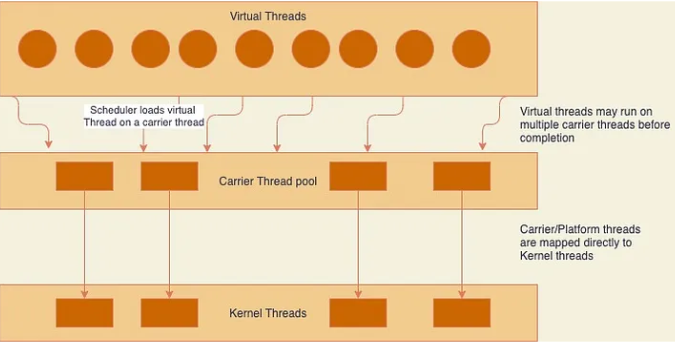
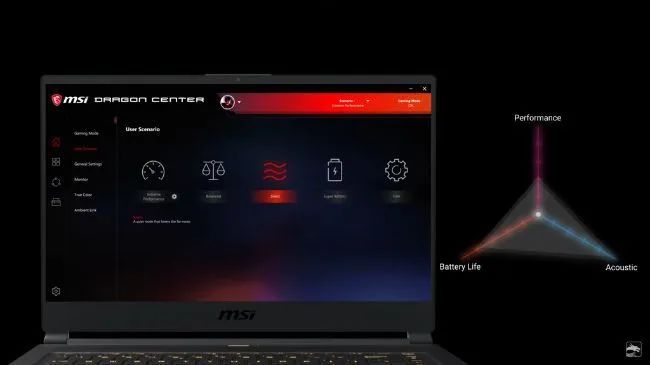


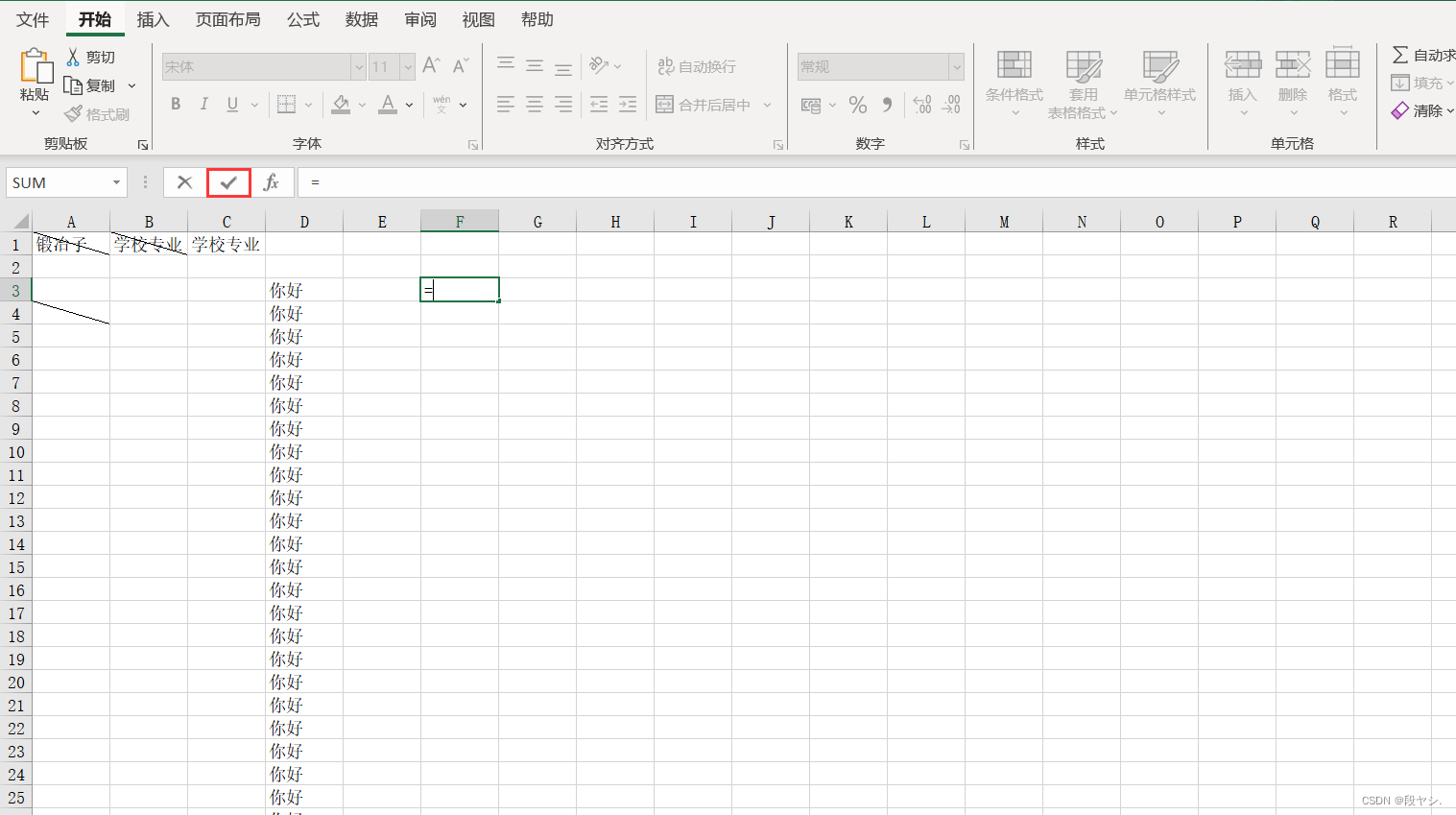

![2024.4.1-[作业记录]-day06-认识 CSS(三大特性、引入方式)](https://img-blog.csdnimg.cn/direct/ef0c8ad7c6904991936436e61d77d790.png)



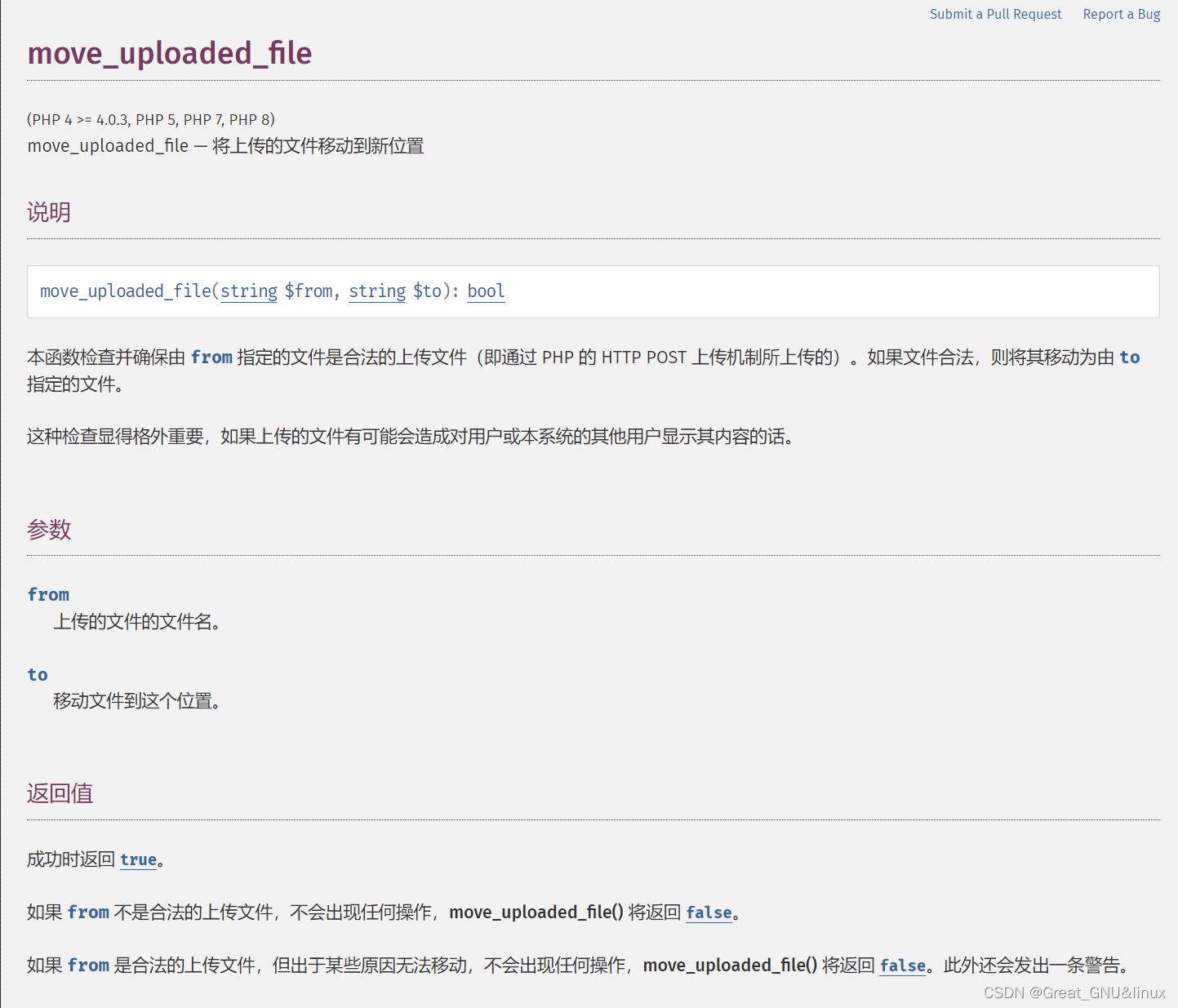
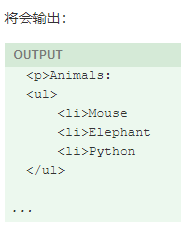
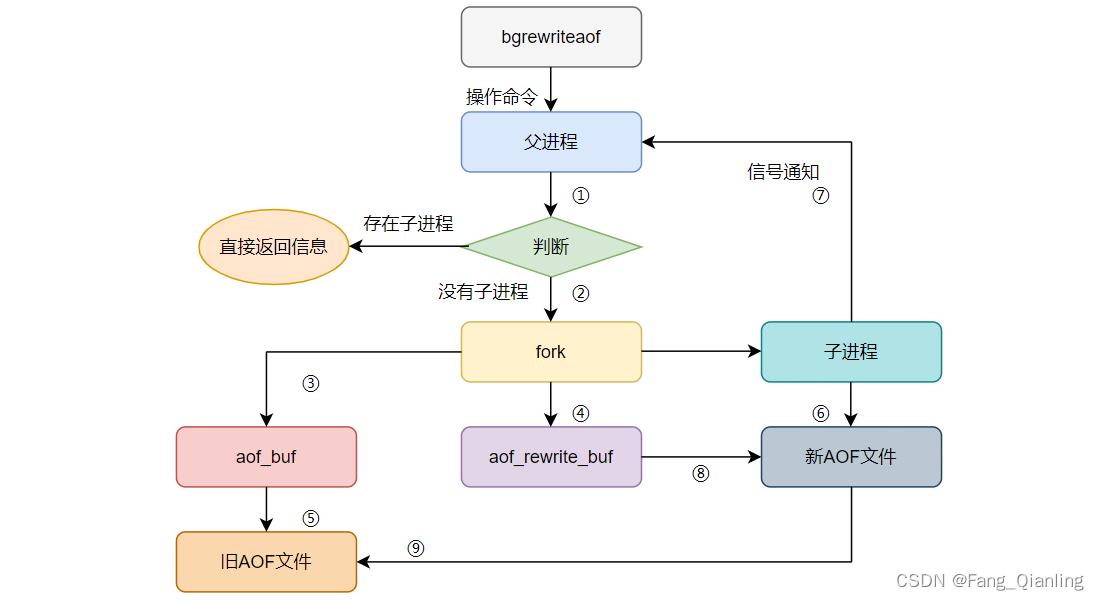
![2024.4.5-[作业记录]-day10-CSS 布局模型(层模型)](https://img-blog.csdnimg.cn/direct/1918aa4ab35549448db2f76fbbe9b474.png)